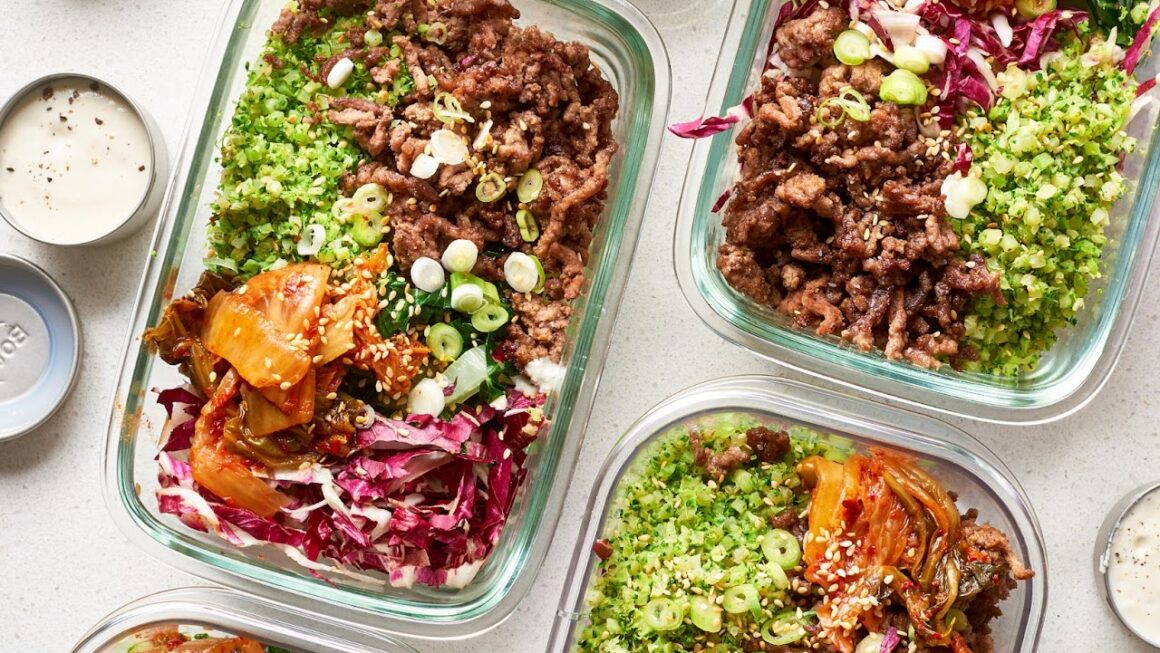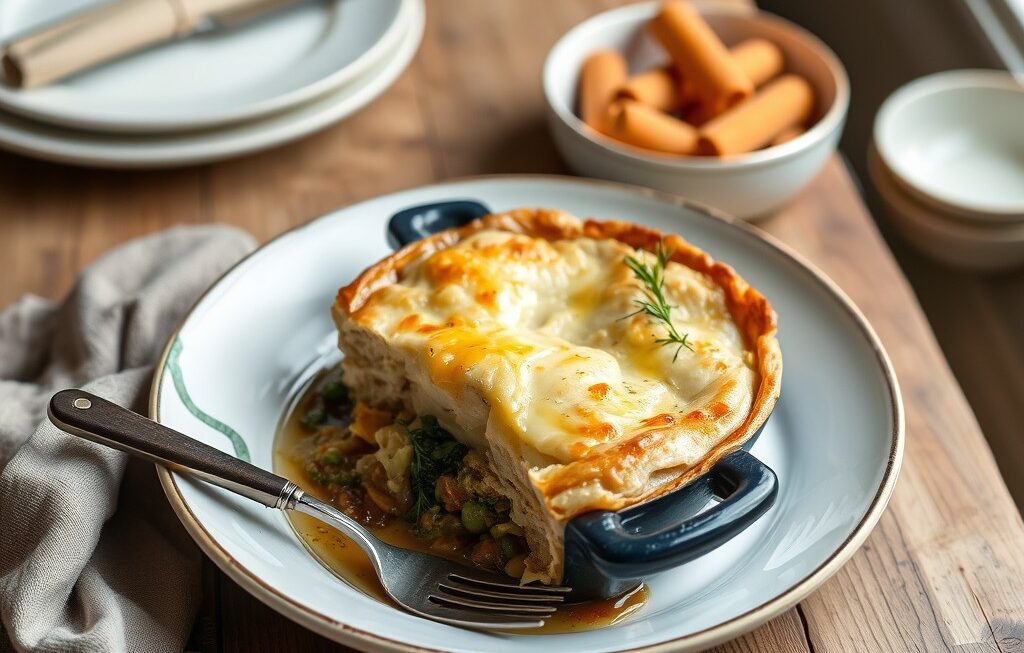If you’re a hunter or chef who’s looking to prepare venison at home, there are several important steps you’ll need to take before preparing and cooking your kill. This article offers some simple tips on how to cook venison and make sure it’s safe for consumption. Keep reading to learn more about how you can prepare wild game meat in your own home kitchen!
What should you look for when you buy venison?
The first thing you should look for when buying venison is that it has been humanely raised. You can do so by looking for one of these three labels: American Grass-fed Certified, Animal Welfare Approved or USDA Organic. These labels indicate that animals were fed natural foods and raised free of antibiotics and hormones.
The higher welfare practices are not just better for your health but also best for animals, farmers and our environment (in fact, farmers who practice higher welfare farming techniques produce more nutritious food with fewer environmental impacts). The American Grass-fed Association is a good place to look when making your purchase. They have strict certification standards in regards to how animals are raised and what they eat.
How to Choose a Venison Steak
Whether you’re buying a whole animal or bringing home one you shot, it’s important to know how to choose venison steaks. Unlike most beef cuts, which are graded by USDA inspectors for quality and yield, deer meat is not inspected for human consumption. The lack of inspection isn’t necessarily a bad thing –simply look for cuts that are bright red or pink with no bruising or discoloration. Darker meat might indicate that your protein source is too old. You can also ask your butcher to cut you some steaks based on his or her best guess as to their taste and tenderness.
Some people prefer their venison very lean; others like it more marbled. If you don’t specify, there’s a good chance your butcher will give you what he thinks is best — but it never hurts to ask! And if you’re planning to cook your steak over an open flame, make sure it has a nice fat cap attached so that its juices don’t run out while cooking.
Butchers typically charge around $7-$8 per pound for deer steaks, depending on where you live. For comparison: A standard New York Strip steak runs about $10-$12 per pound at grocery stores in my area. Not only do venison steaks cost less than beef steaks, they tend to be much more flavorful and tender.
How to Prepare Venison for Cooking
It’s crucial that you properly clean and prepare your deer meat before throwing it in a frying pan or on a grill. Proper preparation will not only make your dinner taste better, but it’ll also help eliminate harmful bacteria that could be present in your venison.
Before doing anything else, wash your hands thoroughly with soap and warm water. If possible, use a hand sanitizer as well to kill off any germs. If you have cuts on your hands or if there is any visible dirt or blood on them, avoid handling raw meat altogether until they have healed completely (typically 5 days) . Keep in mind that kitchen surfaces and utensils can harbor bacteria too—always clean those thoroughly too!
Rinse the Meat:
Once your hands are clean, rinse all of your deer meat under cold running water. This helps get rid of any remaining dirt and other impurities from the surface of your venison pieces. Pat Dry with Paper Towels: After rinsing off all of the surface grime, pat dry each piece with paper towels to soak up excess moisture. This helps prevent bacterial growth during storage.
Place in A Ziploc Bag Or Plastic Container:
Place each piece of meat into its own individual Ziploc bag or plastic container. These containers are airtight so they keep out moisture and odors while keeping your venison fresh.
Store at Room Temperature:
Venison is best stored at room temperature rather than in a refrigerator. Refrigeration will cause it to lose flavor over time, so store at room temperature instead where it should last for several weeks without spoiling.
Place on A Plate or in a Pan:
Rinse and dry all of your dishes thoroughly, especially if they haven’t been used in a while. Then place each deer piece on its own plate or in its own pan before placing it in your refrigerator. This will help you avoid cross-contamination between pieces of meat that may contain different types of bacteria.
Don’t Use The Same Cutting Board For Raw And Cooked Meat:
Never use a cutting board for raw meat that has previously been used for cooked meat (or vice versa). This is because raw meat contains harmful bacteria that can contaminate cooked meat during preparation—even if you wash everything with soap and water afterwards!
How to Cook Venison

Remember before starting:
Carefully pick your cut of venison. In general, cuts with more fat, like tenderloin, are better suited for stir-fries and sauteed dishes, while leaner cuts like sirloin or shoulder can be used in stews or marinated and grilled. The most popular ways to enjoy it is smoked, grilled, braised or fried as steak. Here we’ll show you how to prepare it either way – check out our wild game recipe collection for other ideas!
Ingredients list
- 450 gms of venison,
- 1tbsp grated ginger
- 1 sliced onion
- 4 cloves garlic
- 1tsp coriander powder
- 1⁄2 tsp cumin powder
- 2 finely chopped red chilies
- salt as per taste
- 5gm oil
- 1tbsp vinegar
- 80gms thick curd
- Vegetables like carrots or potatoes
How to cook venison step by step complete guide
Step 1:
First, you need to get your hands on some venison. Venison is not that hard to find and you can easily buy it at your local grocery store. If you’re lucky enough, you might even be able to hunt it yourself
Step 2:
Once you have all of your ingredients ready, preheat your oven at 400 degrees Fahrenheit. Also, wash and clean all of your ingredients before starting with preparation.
Step 3:
Now, start cutting up your vegetables into small pieces and set them aside. Next, cut up your meat into small pieces as well (don’t forget to remove any bones or skin).
Step 4:
After everything has been cut up, add olive oil in a pan (enough for cooking) and put it over medium heat. Put in onions first and let them cook for about 3 minutes (stirring occasionally). Then add other vegetables as well and continue cooking until they become soft. This should take another 5-10 minutes.
Step 5:
In a separate pot, pour water and bring it to boil. Add salt and pepper and then drop your meat in there. Let it simmer for about 10 minutes (or until tender). Make sure to stir occasionally so that nothing sticks to bottom of the pot.
Step 6:
When both meat and veggies are done, transfer everything from pots to a casserole dish. Mix them together and spread evenly across casserole dish (covering bottom completely).
Step 7:
Finally, sprinkle cheese on top of your dish and place it in oven for about 10 minutes (until cheese melts).
How to Store Venison
Keep your deer meat cool and dry. Store it in a cooler with ice packs (or ice), but don’t store it for more than 3 days; any longer, and you risk ruining your meat. The best temperature is between 35°F and 40°F. If you want to store it for longer than three days, consider using freezer paper or vacuum packaging your meat—both will help prevent freezer burn. However, if you freeze it without these methods, be sure to use it within two months of freezing. Venison can last up to nine months when frozen properly
Conclusion
Now that you have learned all these methods, it’s time to try them out there! Make sure you keep track of your progress so that you know exactly how everything is going, what works best for your tastes, and how long things take. You can then go back and repeat steps as necessary until you are completely satisfied with your meals. Have fun eating delicious meats while being able to hold yourself accountable for everything that goes into every meal.




